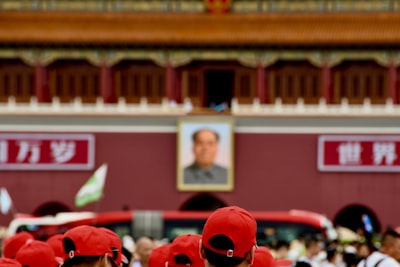Summary
China’s Communist Party (CCP) surpassed 100 million members by the end of 2024, growing 1.1% over the previous year. This milestone—announced ahead of the party’s 104th anniversary—comes as the pace of growth continues to slow, attributed in part to stricter scrutiny on new applicants by the Central Organisation Department. The CCP remains the world’s second-largest political party, behind India’s Bharatiya Janata Party (BJP), and far ahead of US political parties. Notably, CCP members are bound by stricter obligations than members of most Western political parties, including mandatory meeting attendance and fees based on income.
Analysis
While the headline figure of 100 million-plus members speaks to the vast reach and influence of the CCP, the declining growth rate raises compelling questions about the party’s evolving role in Chinese society and governance. Stricter screening may reflect a post-Xi Jinping emphasis on ideological purity, control, and stability within the ranks, rather than merely pursuing numerical strength. It’s a telling response to challenges including economic slowdown, rising social disaffection, and global scrutiny of the party’s governance style.
Comparisons with parties such as India’s BJP and the major US parties highlight stark organizational and ideological differences. Whereas party affiliation in India and the US is often fluid and transactional, CCP membership entails real-life commitments, surveillance, and integration into the state apparatus. The high bar for admission and ongoing demands underscore not just the privileged access membership can confer within China, but also the party’s role as a gatekeeper to political, economic, and sometimes even social advancement.
Discussion
The plateauing of party growth may suggest an inflection point. Is stricter vetting a response to concerns about loyalty, or does it reflect waning grassroots enthusiasm among young Chinese? The CCP’s shrinking net intake coincides with increased controls on civil society and a slowing economy—forces that may dampen the perceived benefits of membership.
More broadly, the article raises questions about how the world’s dominant single-party state maintains legitimacy, cohesion, and vitality. Is sheer size a strength or a liability, especially as organizational complexity grows and ideological conformity is prioritized? By contrast, the looser but larger BJP and the US parties reflect pluralistic political cultures, but also risk fragmentation and polarization.
Ultimately, the CCP’s membership numbers are not just a bureaucratic tally—they’re a barometer of state-society relations in contemporary China, a country where party and government are fused to a degree unmatched globally. Readers might consider: Could slowing membership growth signal deeper shifts—like declining trust or diminishing returns of coercion and privilege as tools of recruitment and control? How does the CCP’s ongoing evolution compare to other mass parties in history, and what might this portend for both China’s future and the broader landscape of global authoritarianism?

Comments
No comments yet. Be the first to comment!